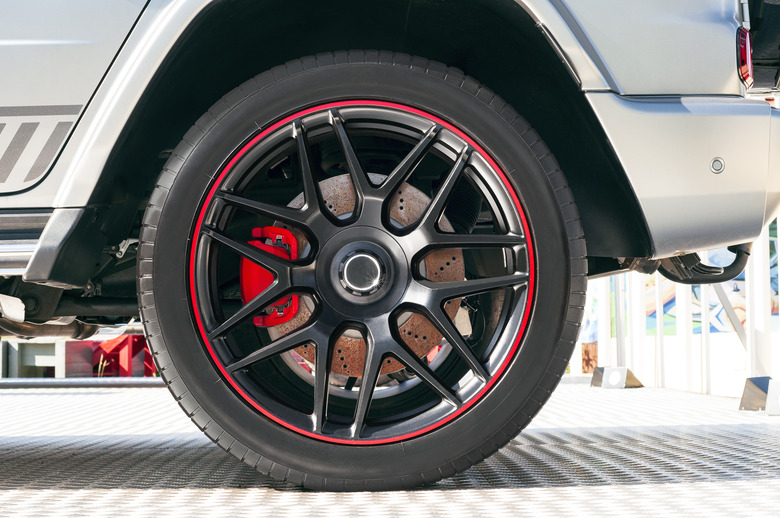How To Solve For The Circumference Of A Circle
A circle is a geometric shape identified as all points in a plane equidistant from a center point. It is normally described by three measurement values: radius, diameter and circumference. The radius is the measured distance from the center point to any point on the circumference of the circle. The diameter connects two points on the circle and also intersects the center point. It is equal to a value of two times the measure of the radius. Circumference is a measure of the distance around the perimeter of the circle and is very simple to calculate using either the radius or the diameter.
Step 1
Measure the radius of a circle. For example, supposed the radius of a circle is 10 cm.
Step 2
Multiply the measured radius value by two:
10 cm x 2 = 20 cm
Step 3
Observe that the calculation in Step 2 also gives the diameter of the circle, as the diameter is equal to two times the radius. Therefore, the diameter can be measured instead of measuring the radius and multiplying by two. Both procedures will result in the same circumference value.
Step 4
Multiply the diameter's value by the mathematical constant pi to determine the circumference. For the most part, the circumference is expressed as the value multiplied by pi and not actually multiplying by the constant. For instance, the circumference in the example would normally be reported as 20pi cm. The value of pi, however, is routinely estimated as 3.14 if an approximation is needed:
Circumference = 2piradius or diameter*pi
In the example, a circle with a diameter of 20 cm would have a circumference of 62.8 cm.
Things Needed
- Ruler
- Calculator
References
Cite This Article
MLA
Perdue, Matthew. "How To Solve For The Circumference Of A Circle" sciencing.com, https://www.sciencing.com/solve-circumference-circle-8492484/. 26 May 2011.
APA
Perdue, Matthew. (2011, May 26). How To Solve For The Circumference Of A Circle. sciencing.com. Retrieved from https://www.sciencing.com/solve-circumference-circle-8492484/
Chicago
Perdue, Matthew. How To Solve For The Circumference Of A Circle last modified March 24, 2022. https://www.sciencing.com/solve-circumference-circle-8492484/
